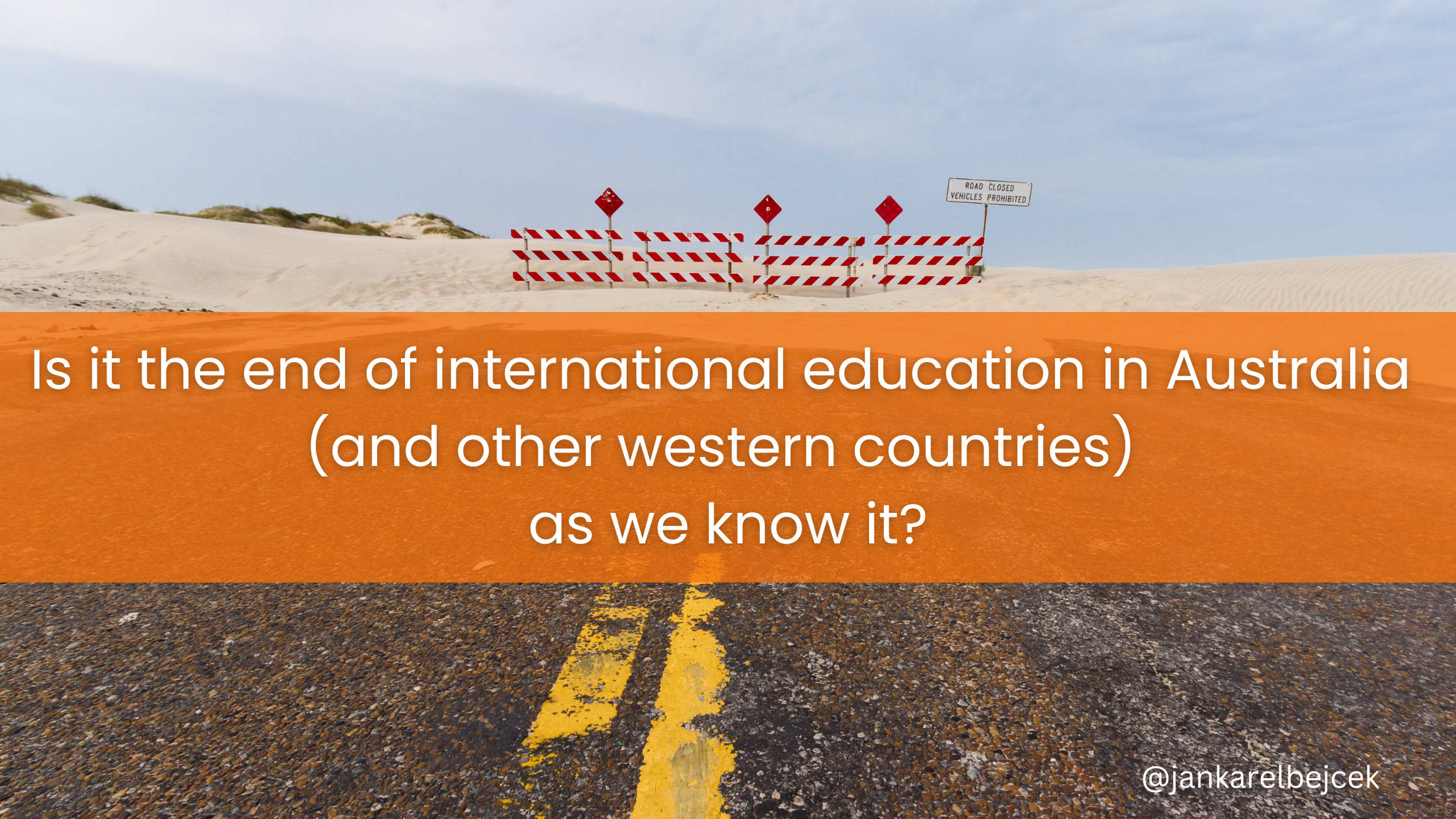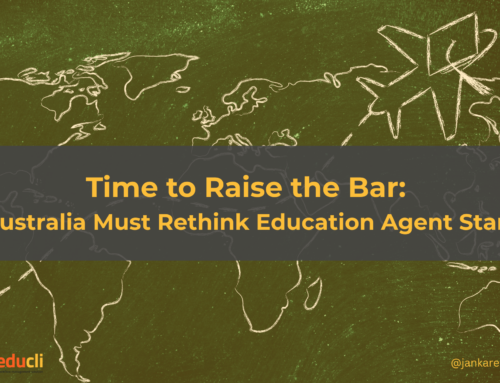Is it the end of international education in Australia (and other western countries) as we know it?
For over two decades, countries like Australia, the UK, and Canada have leaned heavily on international education as a driver of both economic growth and immigration. Fueled by relaxed immigration policies, aggressive recruitment strategies, and the allure of permanent residency, these nations have attracted millions of students from around the world. But this reliance has reached a tipping point.
Having “gotten drunk” on the steady influx of international students, these countries now find themselves in a precarious position. In an attempt to regain control over immigration, they’ve implemented drastic measures to curb student numbers—most notably through stricter caps on student enrolments. While these moves are intended to ease immigration pressures, the poor planning and hasty decisions behind them are likely to have unintended consequences.
In Australia particularly for Private Higher Education (HE) and Vocational Education and Training (VET) providers enforcement of strict student caps, effective from January 2025, created panic and upheaval.
Short-Term Solutions, Long-Term Losses
Instead of managing growth sustainably, these countries are making knee-jerk decisions to address the immediate challenges. Australia’s upcoming student caps are part of this reaction, but similar trends are emerging in the UK and Canada, where immigration-linked policies are starting to tighten.
By doing so, these nations risk driving international students—and their significant financial contributions—elsewhere. The US, New Zealand, and several European countries, which are less constrained by immigration limits linked to education, are poised to gain momentum as alternative study destinations, which in the current recession times, will be an invaluable source of financial growth. Regrettably, in order to ensure political dominance in the next election year, the Australian government mercilessly destroying the country’s second-largest industry.
Who’s to Blame?
Countries:
Aggressive recruitment strategies, combined with relaxed immigration policies, have fueled growth in the overseas education market. However, this unchecked expansion has led to concerns over job prospects for graduates, especially in oversaturated markets.
Agents:
While many agents provide legitimate services, there are those who prioritise quick enrolments over student success. This short-term approach erodes trust, leading to dissatisfaction among students and parents.
Institutions:
In the race to attract international students, some institutions have prioritised numbers over quality. This commodification of education has resulted in graduates who are ill-prepared for global job markets, undermining the long-term value of international qualifications.
Conclusion: A Sector on the Edge Australia’s education sector is at a crossroads. The introduction of student caps in 2025 will force significant changes, challenging private HE and VET providers to rethink their strategies. The shift towards digital delivery may offer a lifeline, but the broader issues of oversaturation and short-termism must be addressed to ensure the sector’s future stability.





Leave A Comment